calsfoundation@cals.org
Newport (Jackson County)
County Seat
| Latitude and Longitude: | 35º36’17″N 091º16’54″W |
| Elevation: | 224 feet |
| Area: | 13.55 square miles (2020 Census) |
| Population: | 8,005 (2020 Census) |
| Incorporation Date: | October 16, 1875 |
Historical Population as per the U.S. Census:
|
1810 |
1820 |
1830 |
1840 |
1850 |
1860 |
1870 |
1880 |
1890 |
1900 |
|
– |
– |
– |
– |
– |
– |
– |
683 |
1,571 |
2,866 |
|
1910 |
1920 |
1930 |
1940 |
1950 |
1960 |
1970 |
1980 |
1990 |
2000 |
|
3,557 |
3,771 |
4,547 |
4,301 |
6,254 |
7,007 |
7,725 |
8,339 |
7,459 |
7,811 |
|
2010 |
2020 | ||||||||
|
7,879 |
8,005 |
Newport is a rural community with deep agricultural ties. Its location on the White River at the transition from the Ozark foothills to the Delta flatland is ideal as a northeast Arkansas crossroads for road, river, and rail traffic. Newport’s economy, based upon natural resources, had strong growth through the first half of the twentieth century and the postwar era.
Pre-European Exploration through Early European Exploration
Newport is located on a wide bend in the White River where it leaves the Ozark hill country and enters the Mississippi Delta flatlands. It was an ideal crossing point for animals (including deer, bear, and occasionally bison) and for the tribal hunters that followed them. Native people, likely ancestors of the Quapaw, resided in the area beginning more than 13,000 years ago, leaving artifacts of many kinds, including spear and arrow points, pottery fragments,and food remains, as well as burial sites. The White River crossing point at Newport has been part of the Southwest Trail military road, and it was used during the Cherokee relocation known as the Trail of Tears.
Louisiana Purchase through Early Statehood
Newport is first cited in an 1835 license renewal by White River ferry operator Roland Tidwell. In that license, the location name was changed from Tidwell’s Landing to “The Town of New Port.” The first listing of the one-word name “Newport” was in an 1837 announcement of land sales. As late as 1840, the river settlement had few houses and not many residents. However, the landing became a regular loading point in the years before the Civil War, when steamboats were extremely active on the White River. Larger boats came to Newport, Augusta (Woodruff County), and Jacksonport (Jackson County) with cargo and passengers to transfer to smaller vessels for upriver travel.
As steamboats were replaced by railroads for cargo and passenger travel, the White River crossing at Newport was identified in a survey by the Cairo and Fulton Railroad, later known as the Missouri-Pacific Railroad, for a proposed rail line linking St. Louis, Missouri, to Texas. In 1853, the railroad offered to create an alternate route through the county seat and trade center of Jacksonport. When Jacksonport refused to provide a right-of-way for the railroad, or finance the extra portion of the line, the rail crossing was established at Newport. A period of rapid growth followed.
Civil War through Post Reconstruction
Newport had little direct involvement in the Civil War. By 1873, Jacksonport’s population began moving downriver to the prosperous and rapidly growing Newport. Within twenty years, Jacksonport was a virtual ghost town. Newport was established as the Jackson County seat in 1892. As a river town at the foothills of the sparsely settled Ozark Mountains, Newport attracted a rough cadre of loggers, trappers, boatmen, and farmers whose boisterous activity was reflected in a news article in the 1879 Jacksonport Herald that stated “latest statistics show that one pint of Newport whiskey contains four fights, three knockdowns, one stealing of the ballot box, one contested election and one rape.”
Early Twentieth Century
On December 31, 1904, Louis Allwhite, a white man, was taken from the Newport jail and lynched outside of town; he had allegedly participated in the rape and murder of two women on Christmas Day. No one was charged in connection with the lynching. On October 25, 1914, Howard Davis, an African-American man, was taken from county authorities and lynched for allegedly murdering Marshal James S. Payne. On December 18, 1918, an African-American man named Willis Robinson was hanged by a mob in Newport for allegedly murdering police officer Charles Williams and wounding Chief of Police Gus C. Martin.
Newport entered the twentieth century as a prosperous river town, its wealth accumulating through timber and cotton sales. Commerce was concentrated along Front Street, with its assortment of hotels, saloons, banks, and local stores. The Newport Opera House opened in 1891, and the Newport Daily Independent was established in 1901. In 1906, Newport’s daily rail traffic included twenty-three trains stopping at the city’s Iron Mountain Railroad depot.
Repeated flooding of the White River, the most damaging taking place in 1916, led to the construction in 1918 of a half-million-dollar levee. The catastrophic Flood of 1927 affected Newport, but the more severe damage occurred in lower sections of the White River. Although a 1926 stave mill fire destroyed a large portion of the residential and business district, Newport’s economy was consistently strengthened by regional cotton production.
From 1900 to 1920, the U.S. freshwater pearl market was centered at Newport, and some pink pearls from the region sold for up to $20,000. Newport also was a leader in the pearl button industry. One local factory could handle 76,000 pounds of shells per day, requiring 1,000 shell fishers on the White and Black rivers to keep it active. Button cutters worked for Muscatine Pearl Works or owned their own cutting machines at home. At the industry’s peak in the 1930s, 200 button cutters were working in Newport.
The pearl button industry was replaced by plastic production by mid-century, but the early activity was extensive enough to ensure Newport’s prosperity during the Depression. Rice farming was introduced in Jackson County in the early part of the twentieth century, further strengthening the agricultural economy.
Stories of the White River Monster, seen in the vicinity of Newport, surfaced in 1915, again in 1937, and again in 1971.
World War II through the Faubus Era
Newport’s most significant growth occurred in the post-war period. The Newport Air Base, utilized as a training site for the U.S. Army Air Force, the U.S. Marine Corps, and the U.S. Navy, operated from 1942 to 1946, bringing a large influx of military personnel and families to town. After the war, the air base was leased to the city. Former base housing met the demand for public housing. Base hangars and other large structures were used as incentives in a successful industrial recruiting campaign by the Newport Chamber of Commerce. Manufacturers originally located at the site included Trimfoot Shoe, Victor Metals (the world’s largest producer of aluminum toothpaste tubes), and Revere Copper and Brass.
The May 18, 1951, Newport Daily Independent ranked Jackson County as one of the wealthiest counties in the United States, being tenth in the nation in cotton production, eighth in rice, eleventh in soybeans, 110th in strawberries, and forty-second in local volume of timber. A 1954 Federal Reserve report cited Newport’s economic development as a leading example of community adjustment to national economic growth, noting Newport’s effective balancing of its agricultural and industrial economies. The city’s prosperity and potential attracted Sam Walton, who operated his first retail store at Newport.
W. F. Branch High School, named for its first principal, William Franklin Branch, was the high school for black students until it closed in 1970.
Newport’s economic growth was accompanied by many community initiatives, including music and drama associations, women’s groups, and civic organizations. In the 1940s and 1950s, numerous honky-tonks and music clubs were established in Newport and Jackson County. The clubs, especially the Silver Moon Club, became a popular performance venue for rockabilly musicians, many of whom recorded for Sun Records in Memphis. Newport also had a popular summer league baseball program. Professional and semi-professional local baseball teams were affiliated through the Northeast Arkansas League with the St. Louis Cardinals and the Brooklyn Dodgers.
Modern Era
Newport has been negatively influenced by problems common to the Arkansas Delta region. Mechanization of agriculture and an economy of scale that promotes large corporate farming have caused land loss in the rural population. Limited employment opportunities have caused out-migration and restricted growth. The dense retail activity formerly concentrated along Front Street has diminished.
Newport’s Chamber of Commerce and Economic Development Commission have initiated downtown development programs, such as the annual Depot Days festival, to capitalize on the town’s heritage and modern potential. In 1998, the Arkansas Department of Corrections established the Grimes and McPherson Units at Newport. The medium-security prison employs 400 persons and houses 1,600 prisoners. In 2001, Arkansas State University (ASU) established a campus at Newport, replacing ASU–Beebe/Newport, which had itself replaced the White River Vocational Technical School.
Famous Residents
Two accomplished African Americans from Newport are “Aunt” Caroline Dye and Pickens Black. Dye was a celebrated clairvoyant with a widely known and successful business in Newport. She is mentioned in two songs by W. C. Handy, “Sundown Blues” and “St. Louis Blues,” as well as in compositions by other regional blues musicians. Black was a former slave who established the all-black community of Blackville. Political officials from Newport include Governor Mike Beebe, State Treasurer Martha Shoffner, State Auditor Jim Wood, and Kaneaster Hodges Jr., who was appointed to succeed U.S. Senator John Little McClellan upon McClellan’s death in 1977. Professional athletes from the Newport area include Baseball Hall of Fame member George Kell, as well as major league baseball players/managers Skeeter Kell, Bobby Winkles, Johnny Sain, and Pete Reiser. Area entertainers include rockabilly artist Sonny Burgess and fellow musician Jack Nance; Mary Steenburgen, an Academy Award–winning actress; and Steve Stephens, the host of Steve’s Show, a 1950s Little Rock (Pulaski County) television dance program.
Attractions
Local attractions on the National Register of Historic places include the original 1902 Iron Mountain depot, the Jackson County Courthouse, and other structures. An annual music and culture festival, Depot Days, is held in October.
For additional information:
Centennial History of Newport, Arkansas, 1875–1975. Newport, AR: Jackson County Historical Society, 1975.
Newport Daily Independent. Special edition. August 11, 1975.
Marvin Schwartz
Little Rock, Arkansas
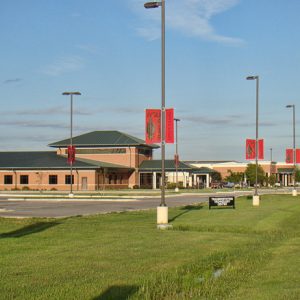 ASU-Newport
ASU-Newport 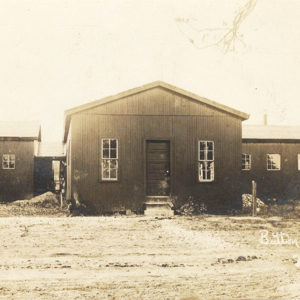 Button Factory
Button Factory  Eagle Rangers
Eagle Rangers  Elks Lodge
Elks Lodge 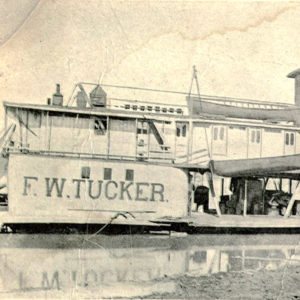 F. W. Tucker Steamboat
F. W. Tucker Steamboat 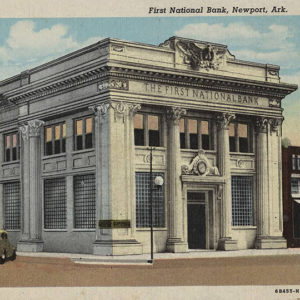 First National Bank
First National Bank  Hazel Hotel
Hazel Hotel 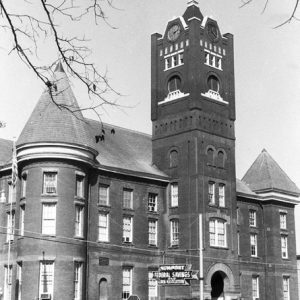 Jackson County Courthouse
Jackson County Courthouse 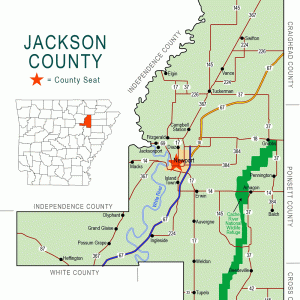 Jackson County Map
Jackson County Map  Lackey's Hot Tamales
Lackey's Hot Tamales  Lake Newport
Lake Newport 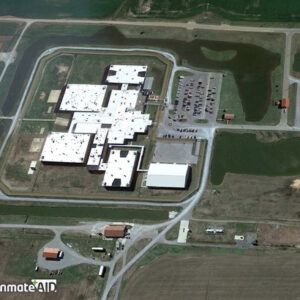 McPherson and Grimes Units
McPherson and Grimes Units 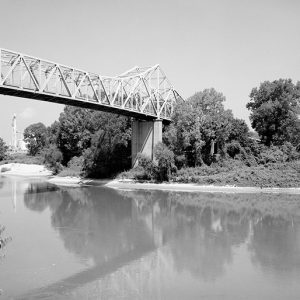 Newport Bridge
Newport Bridge 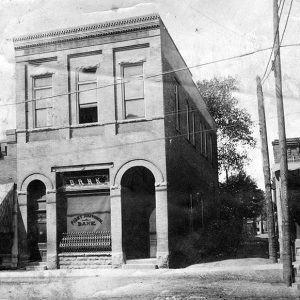 Newport Bank
Newport Bank 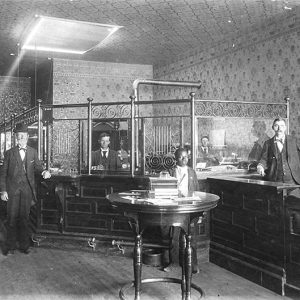 Newport Bank
Newport Bank  Newport Bridge
Newport Bridge  Newport Colored High School
Newport Colored High School 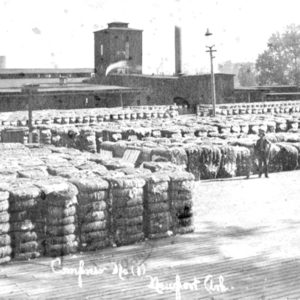 Newport Cotton
Newport Cotton  Newport Daily Independent
Newport Daily Independent 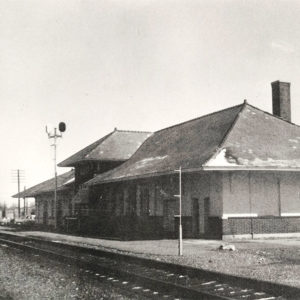 Newport Depot
Newport Depot 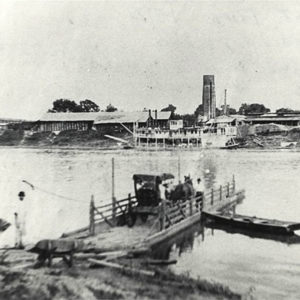 Newport Ferry
Newport Ferry  Newport Fire
Newport Fire 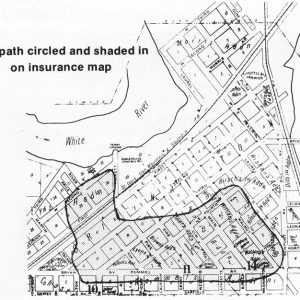 Newport Fire Map
Newport Fire Map 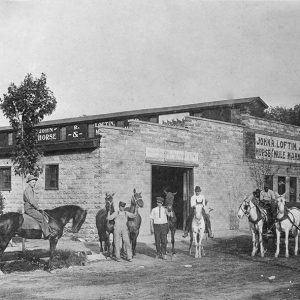 Newport Horse and Mule Market
Newport Horse and Mule Market  Newport Rail Yards
Newport Rail Yards 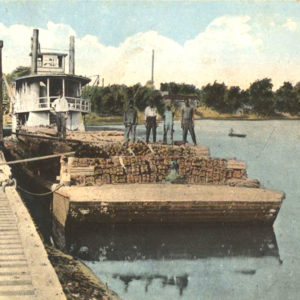 Newport Staves
Newport Staves 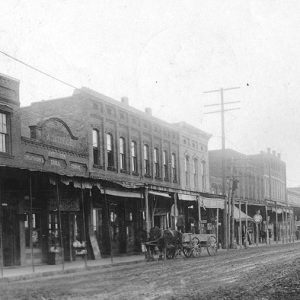 Newport Street Scene
Newport Street Scene  Newport Street Scene
Newport Street Scene 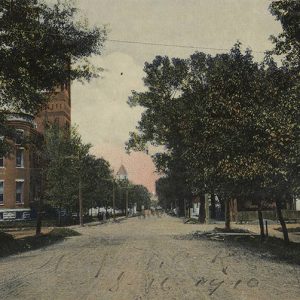 Newport Street Scene
Newport Street Scene 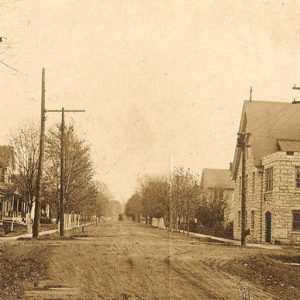 Newport Street Scene
Newport Street Scene 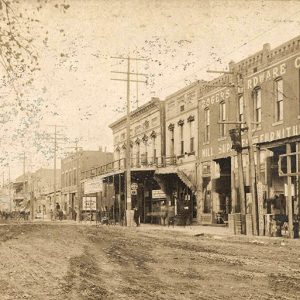 Newport Street Scene
Newport Street Scene 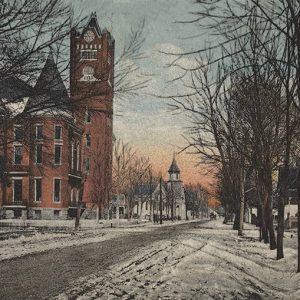 Newport Street Scene
Newport Street Scene  Newport Street Scene
Newport Street Scene 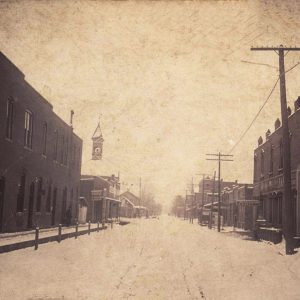 Newport Street Scene
Newport Street Scene 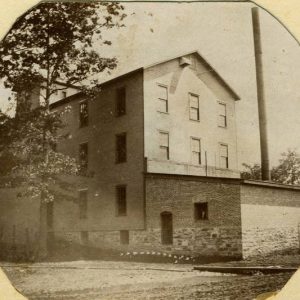 Paragon Milling Company
Paragon Milling Company  Pearlers
Pearlers 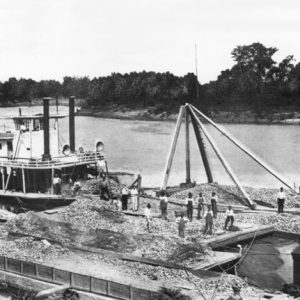 Pearling Industry Barges
Pearling Industry Barges  Radio Station KNBY
Radio Station KNBY  "Red Headed Woman," Performed by Sonny Burgess
"Red Headed Woman," Performed by Sonny Burgess 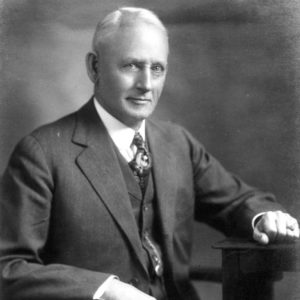 Harmon Remmel
Harmon Remmel 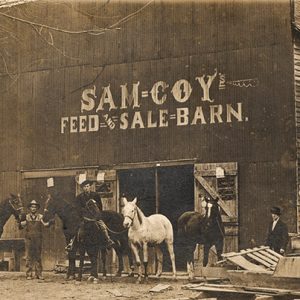 Sam Coy Feed and Sale Barn
Sam Coy Feed and Sale Barn 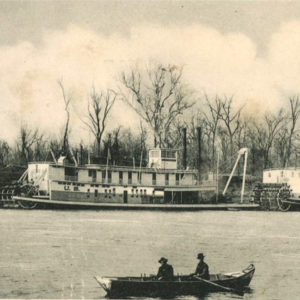 Snag Boats on White River
Snag Boats on White River 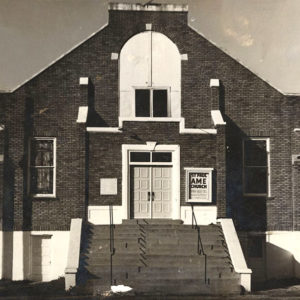 St. Paul A.M.E. Church
St. Paul A.M.E. Church  St. Paul's Episcopal Church
St. Paul's Episcopal Church 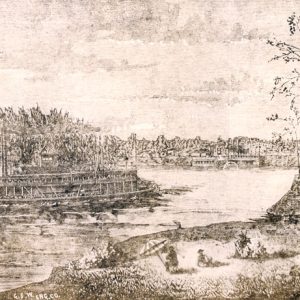 Steamboats Illustration
Steamboats Illustration  Mary Steenburgen
Mary Steenburgen 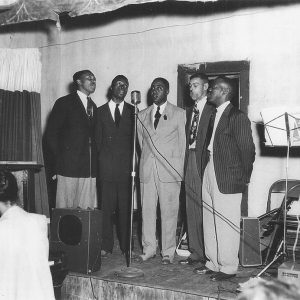 United Harmonizers
United Harmonizers 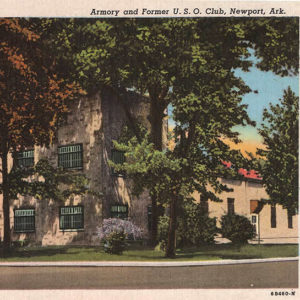 USO and Armory
USO and Armory 




What happened to the Delta Queen 2 that was moored on the river outside of town?
I have a picture of the woman who built the first home in Newport. She is standing in front of the house. She married my great-great-grandfather, and they had a number of children. She raised my great-grandmother (a daughter by his first marriage), and my grandmother remembered her.